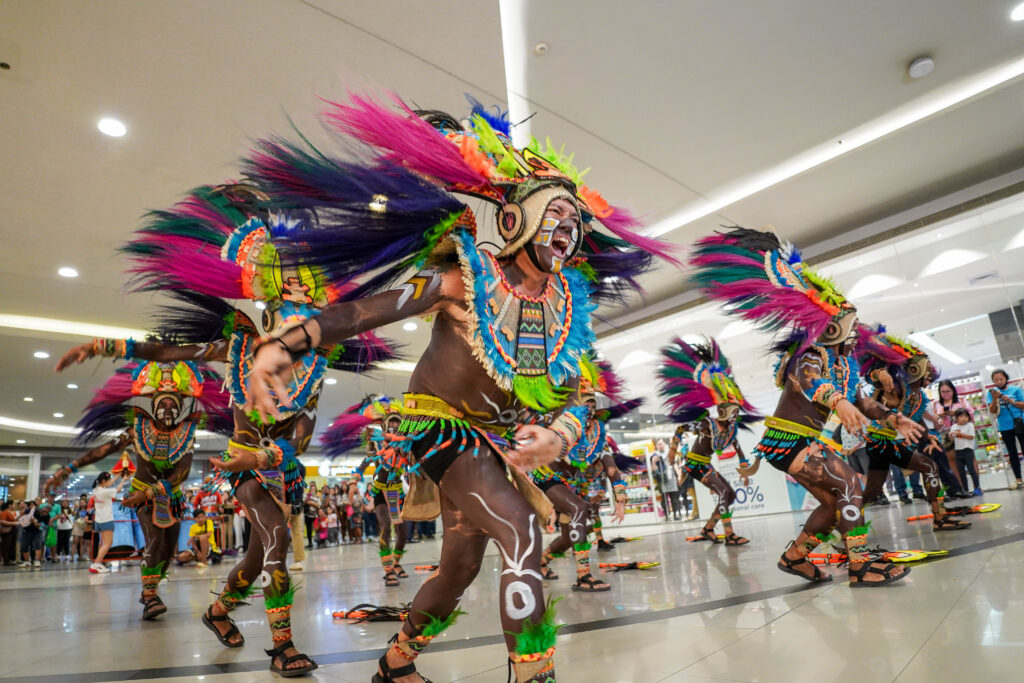Over the weekend last week, the whole city of Iloilo was in feverish festival party mode, with lights and fireworks brightening skies at night and, by day, residents and visitors waking up and getting into a fiesta mood as body-painted dancers in bright tribal costumes gyrate on the streets to the rhythmic beat of drums, whistles, and bugles.

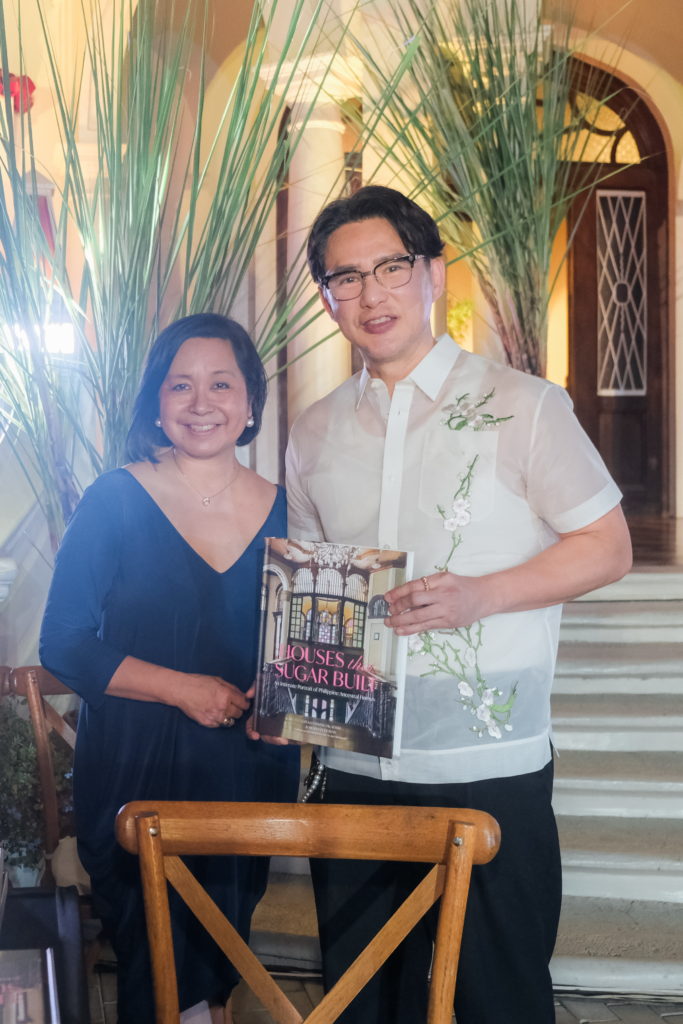
I flew to Iloilo to check out this year’s Dinagyang and booked a room at Park Inn by Radisson.
With its excellent facilities including deluxe rooms, a gym, an al fresco infinity swimming pool where one can do laps — sort of — and a morning breakfast spread that includes staples that Iloilo is famed for — batchoy and pancit molo — as well as a bridgeway that connects to the huge SM Mall nearby, the hotel, hands down, is the best that one can possibly check into during Dinagyang as it is situated right smack within the SM City Iloilo complex where many of the festival activity highlights were held.
This year, the Iloilo City government and its partners in the private sector, including SM, outdid themselves in organizing the religious and cultural multi-awarded festival.
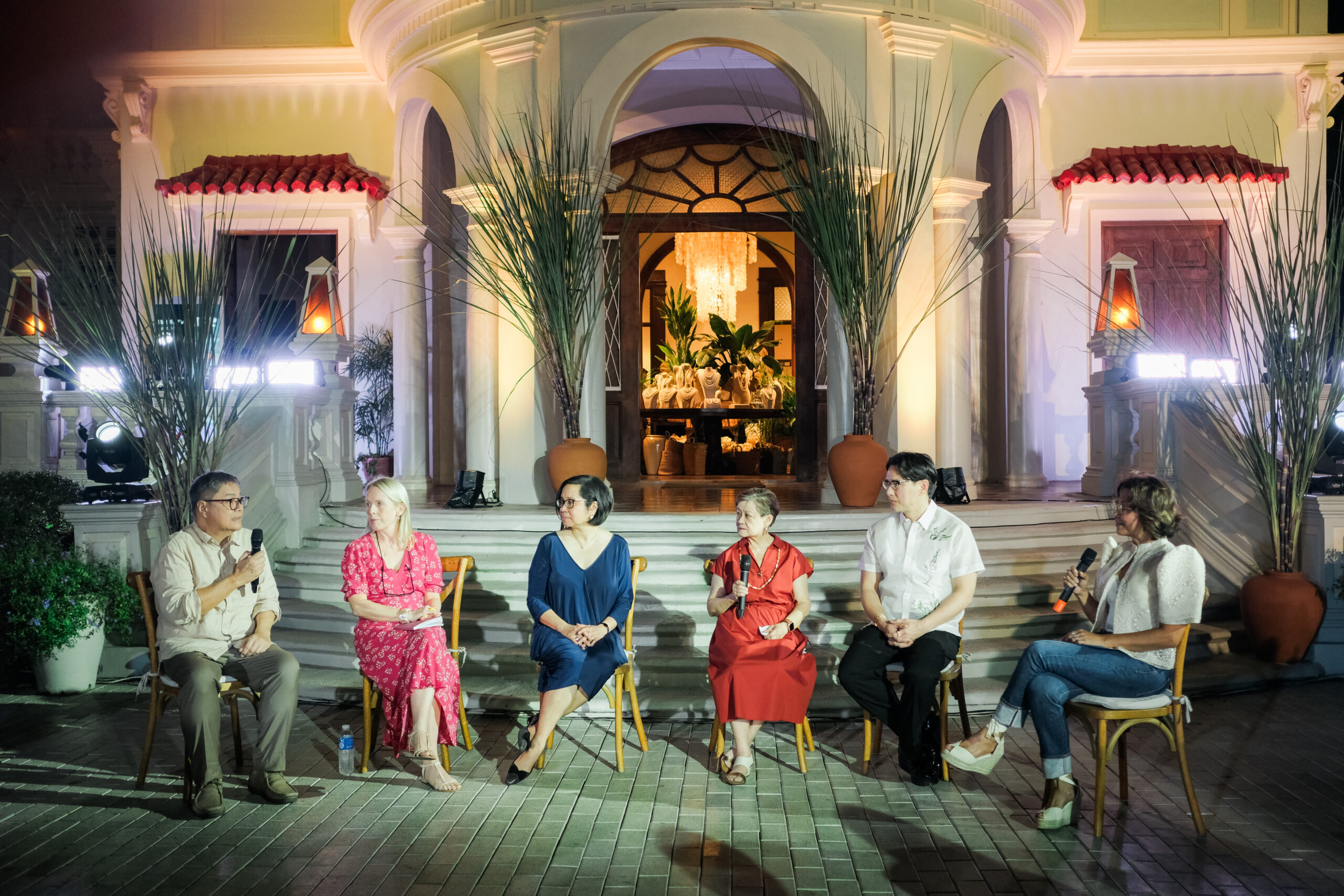
Major sponsor
SM has long been a major Dinagyang sponsor since Tatang, as the late lamented SM founder, Henry Sy Sr. was lovingly referred to, established in Iloilo City the first and oldest SM store outside of Manila.
Drawing hundreds of thousands every year, the beginnings of Dinagyang took place in 1968 when a replica of the original image of the Sto. Niño de Cebu was brought to Iloilo as a gift to the parish of San Jose by the Augustinians.

Ilonggos welcomed the religious image at the airport and accompanied the vehicle bearing the religious image, parading down the streets of Iloilo — the first Dinagyang as it were — until it reached its destination, San Jose parish, at the end of Calle Real downtown.
In 1977, then President Ferdinand Marcos Sr. ordered regions to mount tourism-boosting festivals. Iloilo City, the capital of Region 6, chose to put up a full-blown Ati-Atihan-like festival but naming it Dinagyang, or merrymaking in the dialect, to differentiate it by name from Aklan’s Ati-Atihan.

Love for fiesta
Through time, the Ilonggo love for fiesta and merrymaking has evolved Dinagyang into a more creative and elaborate festival, all in honor of the Infant Jesus whose feast falls toward the end of January.
From the Dinagyang Opening Salvo in mid-January, the city is swept in an upbeat mood until the festival climax on month’s end.
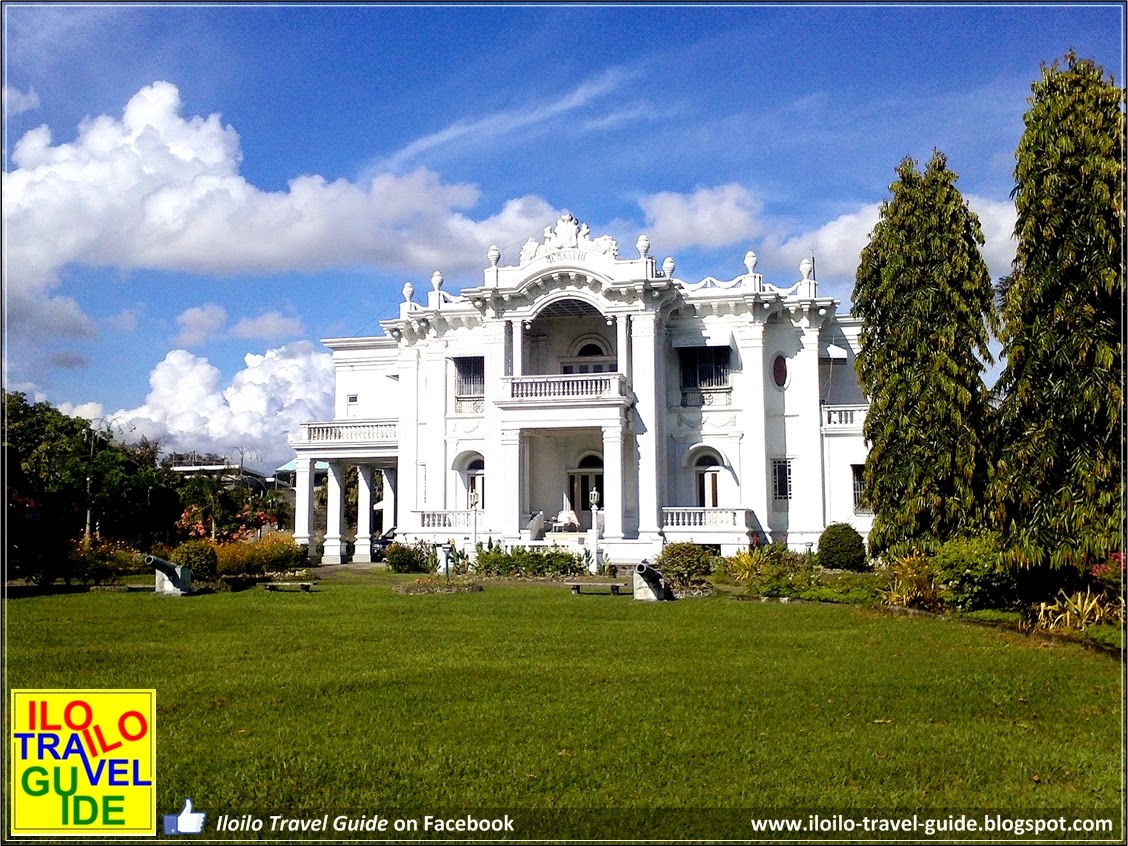
Special events, including ILOmination with tribal warriors in brilliantly lit costumes tripping the light fantastic and the huge Floats Parade of Lights, among various others, are held until the last Sunday of January. That’s when the Ati Tribe competition happens, with hundreds of students from city schools in warrior costumes, their skins blackened and/or painted, execute whirling and twirling folkloric dance steps in front of a jam-packed Iloilo Freedom Grandstand along Muelle Loney street in downtown Iloilo City.
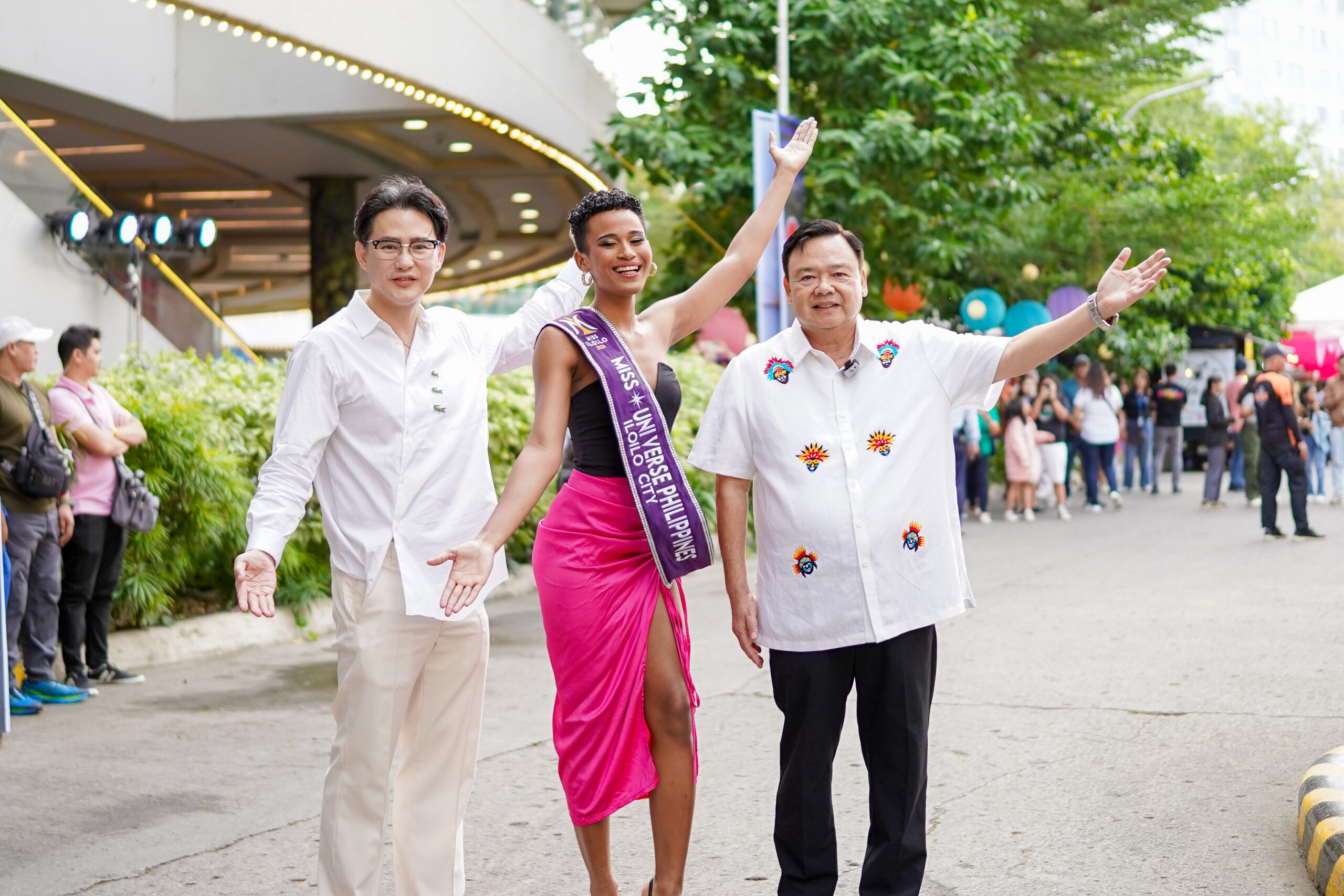
This year, a euphoric Tribu Panay comprised of students from Fort San Pedro National High School bested seven other tribes and bagged P1 million in cash along with P25 million worth of school projects as top prize winners in the Ati Tribe competition.
Previous to that, on Friday, I watched from a front-row seat on a makeshift stage put up by SM at the SM City Iloilo complex as Tribu Sidlangan of La Paz romped away with P500,000 in cash as ILOmination winner.
Floats Parade of Lights followed with an entry by Sagility pronounced the winner, with a P300,000 cash prize; the group was likewise last year’s grand prize winner in that particular contest.
Drones and fireworks
Afterward, from atop Park Inn’s second-floor al fresco poolside, we watched spectacularly coordinated drones in a light show, the evening sky over SM City Iloilo’s sprawling grounds illumined by a brilliant display of fireworks.
Earlier, at the Mayor’s Night dinner hosted by Iloilo City Mayor Jerry Treñas at Park Inn, the latter beamed as he proudly shared news about Iloilo’s recent naming “Most Business-Friendly Highly Urbanized City outside the National Capital Region” by the Philippine Chamber of Commerce and Industry.
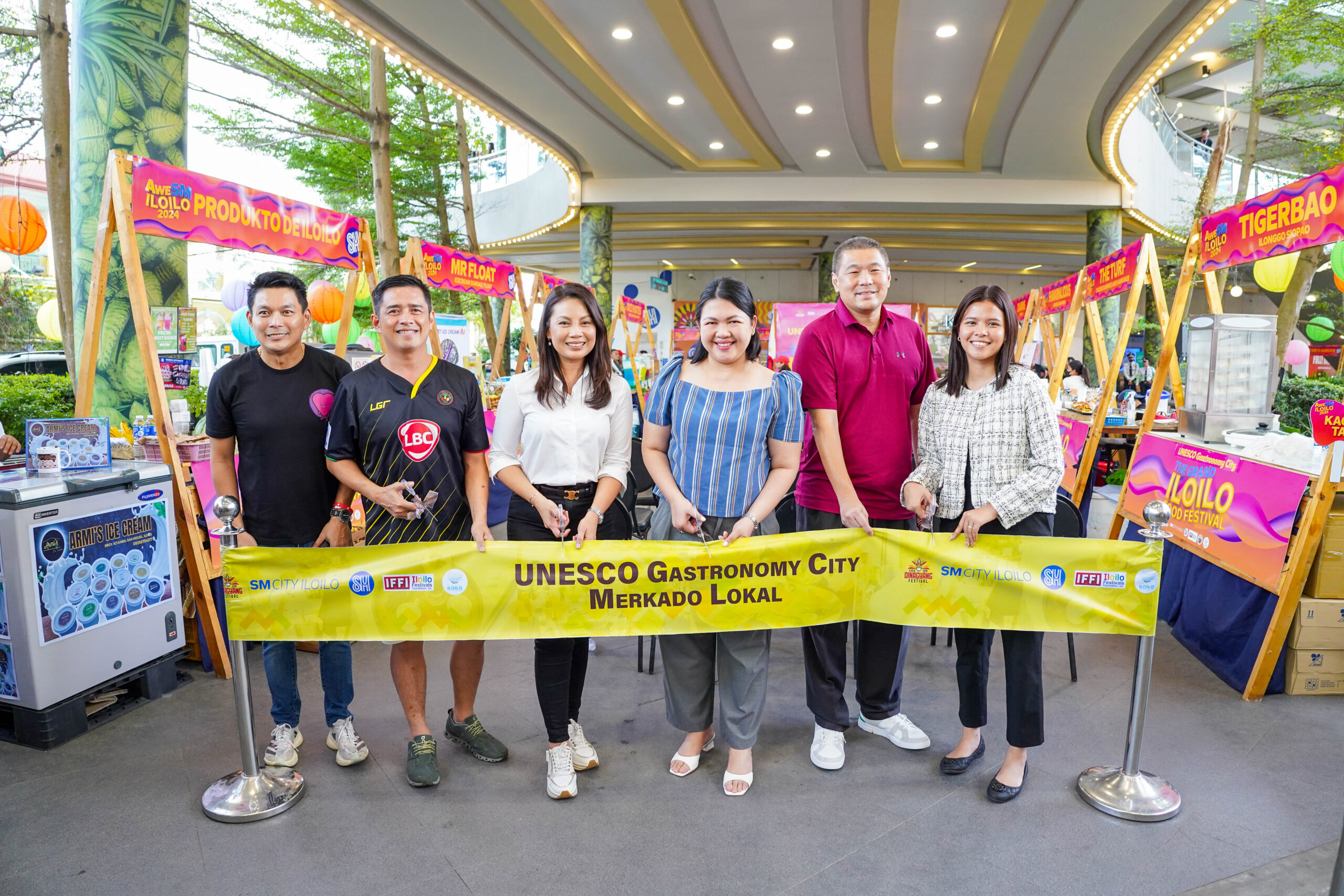
A feather in the Iloilo City mayor’s cap, indeed. But that aside, Treñas also said he was overjoyed by the city’s inclusion in the United Nations Educational, Scientific and Cultural Organization or UNESCO’s list of Creative Cities for Gastronomy — the first Philippine city to be so honored.
Criteria set by UNESCO for a city’s inclusion into its City of Gastronomy list include a “well-developed gastronomy that is characteristic of the urban center and/or region;” “indigenous ingredients used in traditional cooking;” and “traditional culinary practices and methods of cooking that have survived industrial and/or technological advancement.”
On the basis of just those three criteria, batchoy, a soup dish originating from La Paz market in Iloilo City made of thin egg noodles in pork bone broth, with liver strips, pork meat, innards, chicharon and shrimp paste mixed in water and boiled until the flavor comes out then strained and added to the batchoy broth, fits the UNESCO list.
‘Batchoy’
I remember going inside La Paz market in a car when I was a kid, and we would order batchoy to eat in the car, and the taste was “slurpingly” delicious.
Having it again years later at SM’s Grand Food/Batchoy Festival at SM City Iloilo last week was a veritable blast from the past, with the batchoy we were served tasting exactly the same as the bowls of batchoy I enjoyed when I was in short pants.
The weekend trip I made to Iloilo at the end of January was not only to revel and make Dinagyang with fellow Ilonggos; I was also there to soak up and get reacquainted with Iloilo’s rich culture and heritage.
My teenage years through adulthood were spent in Iloilo and it is heart-warming to see a city of one’s affection retain its laid-back charm and its heritage sites well-preserved despite the flurry of commercial activities that have made Iloilo among the country’s most prosperous, fastest growing cities today.
I had the occasion to chat with SM Supermalls president Steven Tan who was in the city for Dinagyang, and among other subjects, we spoke about an essential mission that the SM group has pursued, beyond business.
“Heritage, preservation, and culture are held in high regard by SM, and we look for opportunities where we can work with the communities where we operate towards sustainable development,” he said.
Tan stressed that where Iloilo was concerned, “we believe in its growth; in terms of business, we have here one of our most productive SMs in the country. We are very happy to be here and that’s the reason why we’re doing what we’re doing, which includes the restoration of heritage landmarks, such as the Iloilo City central and terminal markets.”
What Tan was referring to is the massive joint project entered into by SM which involves the signing of a 25-year lease by the Iloilo City government with SM Prime for the rehabilitation of the Iloilo Central and Terminal Market.
Iloilo Central Market
Under the public-private partnership agreement inked with the city government in August 2022, SM Prime will restore the façade of the 1920-built Iloilo Central Market heritage structure, construct new commercial buildings and parking, rehabilitate the wet market and upgrade the entire 1.4-hectare Market to include the improvement of delivery points, solid waste management, wastewater treatment, toilets, among others. In all, total investment by SM Prime is estimated to be at least P1.5 billion.
One other iconic heritage structure in Iloilo City that best embodies what Tan describes as a core value espoused particularly by SM Prime chairman, Hans Sy, that is, “ensuring that our rich cultural heritage is preserved for future generations,” is the nearly-a-century old Yusay-Consing mansion across the plaza and church of St. Anne’s in Molo town, Iloilo City, which the SM Group purchased in 2014.
Built in 1926, the Neoclassical mansion was the work of architect Andres Luna de San Pedro, the Paris-born son of renowned Filipino artist, Juan Luna.
It was already in a decaying state of neglect when the SM Group acquired the property from the Yusay-Consing family a decade ago. The giant retail group painstakingly restored the mansion and preserved it as a heritage museum and art gallery.
Molo Mansion
Regarding SM and the Yusay-Consing ancestral house, a member of the illustrious clan, London-based author Gina Consing McAdam whose books include a history of the luxury Lanesborough Hotel in London, notes that “reassuringly,” SM Prime has returned the house to its former grandeur. In its present incarnation, the house continues to attract favorable publicity for the Ilonggo people and culture.”
Last 27 January, the Molo Mansion served as venue for the launch of McAdam’s and multi-awarded architectural photographer, Siobhan Doran’s “Houses that Sugar Built: Intimate Portraits of Philippine Ancestral Homes.”
Sponsored by SM Prime honcho, Mr. Sy, the over 250-page, hardcover coffee table book contains Doran’s stunning photographs with a narrative written compellingly as only a writer like McAdam whose provenance and style of life is similar to those who owned the houses she wrote about, could.
Within months after the book was published in 2023, Doran, whose photographs were all shot in ambient light received stellar recognition. One of her images from the book was selected for the Royal Academy of Arts’ 2023 Summer Show in London. Also, her “Sala Mayor” series of photographs from the same book earned for her the title of Architecture Photographer of the Year by the Prix de la Photographie Paris Exhibition.
Other than the Yusay-Consing mansion we visited three other houses in Iloilo City featured in McAdam and Doran’s book.
One of these was the magnificent Nelly Garden, gleaming as it sits on beautifully manicured lawn within two hectares of prime real estate in Jaro, Iloilo City.
Built in 1928 by Don Vicente Lopez, brother of the father of broadcast media tycoon Eugenio Lopez Sr., and his wife, Doña Elena Hofileña Lopez, the property is regarded as the jewel in the crown where the grandest of grand ancestral houses in Iloilo is concerned.
The spectacular well-preserved 1928 Beaux Arts style mansion, which was designed as a luxurious setting for bona fide members of the super-affluent sugarland-owning elite in the heydays of sugar has been declared a National Historical Landmark by the National Historical Institute.
Another house whose interiors we explored was that owned by power and broadcast media tycoon Eugenio “Eñing” Lopez. Built by Lopez when he was just in his 30s, the imposing four-story Art Deco/Moderne “Boat House” mansion was so-called because it was designed by architect Fernando Ocampo to resemble an ocean liner.
We also visited and dined in the Eusebio Villanueva ancestral house whose ground floor has been converted into a restaurant with a menu of native Ilonggo and Filipino-Spanish, or mestizo, dishes.
Patrician residence
Situated across the Museo Iloilo, this had originally been the patrician residence built in 1917 by Villanueva, noted city engineer of yore, for sugar planter Julio Ledesma. Ledesma later gifted the house to a Spaniard who eventually sold it to Villanueva.
The house of Don Celso Ledesma in the heart of Iloilo City is one of the most interesting ancestral homes one can find here. The bachelor haciendero’s residence, done in Gothic Beaux Arts fashion is located in the heart of Iloilo’s commercial district.
The house, with pre-cast, fierce-eyed eagles perched on fence posts and a massive hour-glass shaped table custom-made for the dining room by Gonzalo Puyat, was done in 1922.
Exceptional to see how people here in Iloilo have been able to set an example of how to preserve heritage and allow its cultural past to glimmer through modern times. That these are being appreciated and backed considerably by some enlightened major players in big business is admirable and heartwarming.
Book launch
At the dinner held on the grounds of the former Yusay-Consing Mansion to launch McAdam’s and Doran’s book, Tan read from a speech conveyed by Mr. Sy who referred to the Molo Mansion as a “historic landmark that stands today as a testament to our dedication to preserving and honoring our cultural legacy, making it relevant for today and the future. Let us celebrate not only the architectural marvels captured by Gina Consing McAdam and Siobhan Doran in their book, but also the enduring commitment of private organizations (e.g. SM Prime) to safeguard our cultural heritage and promote responsible development.”
Tan, too, for his part said, “Let’s not forget that these structures (featured in the book) were all family homes at one point. So, thank you to all the families for allowing us into their homes; thank you and may this book inspire us all to continue cherishing the treasures that connect our past, present and future.”
